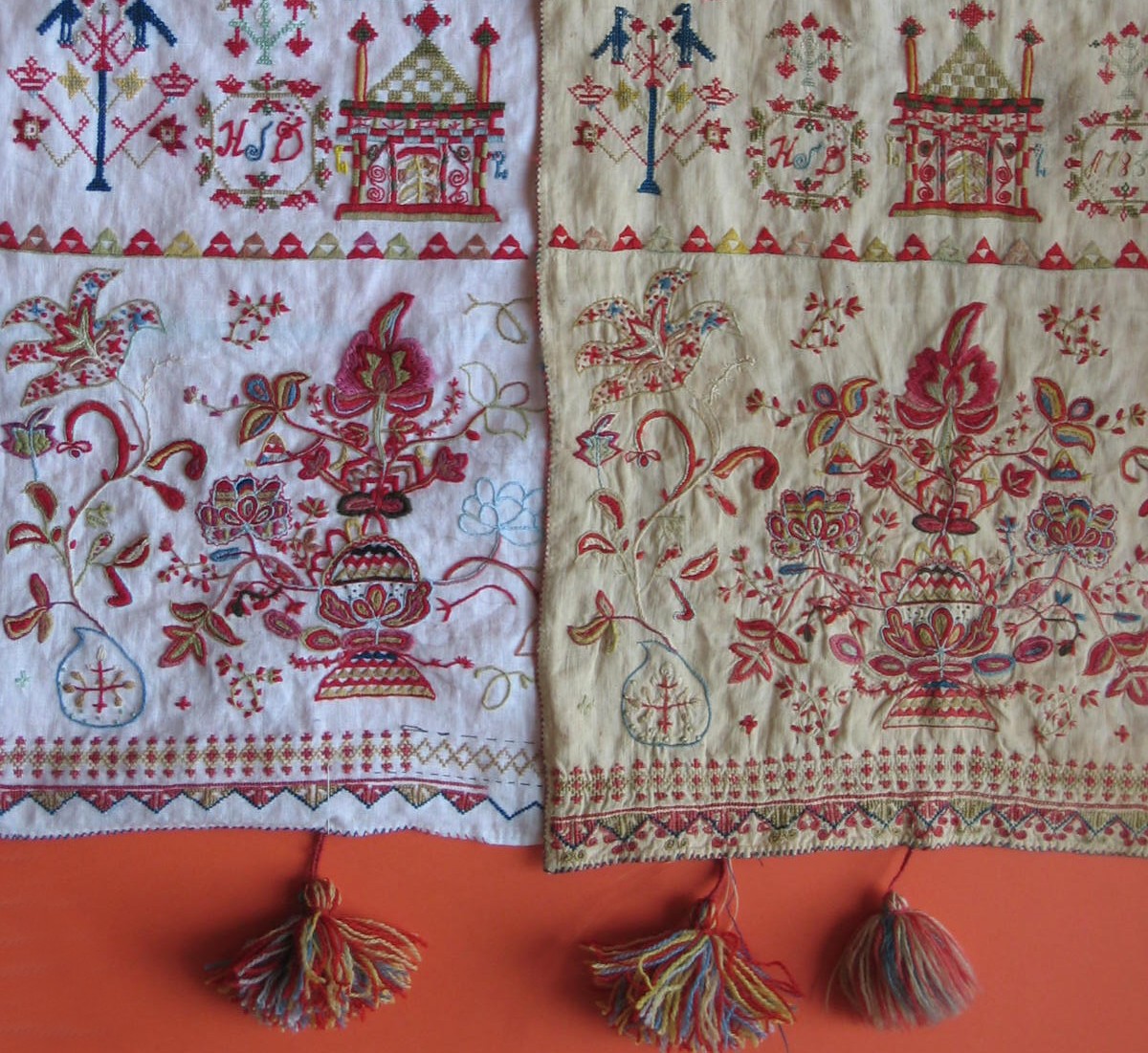Kopiering av tradisjonskunst som læringsmetode
DOI:
https://doi.org/10.7577/formakademisk.129Keywords:
sløyd, folkekunst, broderi, kopiering, tradisjon, didaktikkAbstract
Artikkelen er skriven på bakgrunn av problematikk kring utvikling av ein forskingsbasert didaktikk for tekstilundervisninga på grunnstudiet ved Institutt for folkekultur, Høgskolen i Telemark. Delar av forskingsprosjektet tek difor utgangspunkt i eksisterande undervisningsverksemd ved dette studiet. Spørsmåla som det er søkt å få svar på her, er: Kva dialog og læring er framtredande ved kopiering av ein tradisjonell tekstilgjenstand? og: Korleis har denne arbeidsmåten ein plass i ein forskingsbasert didaktikk? Kopiprosessen skjedde i ein avgrensa oppgåveperiode, utført med to studentgrupper i 2008/2009. Intervju var valt som metode saman med analyse av innhald i oppgåverapportar som var skrivne samtidig med kopiverksemda. I samband med utvikling av ein forskingsbasert didaktikk der kopiverksemd inngår, er drøftingane førte på grunnlag av sosiokulturell og sløydpedagogisk teori, saman med teori i møte med folkekunst. Kopiprosessen er relatert til ein verksemdsmodell for sløydfaget. Resultata er drøfta i høve til mål for oppgåva og gjeldande fagplan. Kopiering som læringsmetode har ein plass i ein forskingsbasert didaktikk når verksemda fører til erkjenning og integrert forståing, ikkje som rekonstruksjon av tradisjonar. Målet for ein forskingsbasert didaktikk er horisontsamansmelting som følgje av hermeneutiske samtaler som gjeld samspel, spatialitet, spelereglar og spelerom i tradisjonen.

Downloads
Published
How to Cite
Issue
Section
License
Authors who publish with this journal agree to the following terms:
- Authors retain copyright and grant the journal right of first publication with the work simultaneously licensed under a Creative Commons Attribution 4.0 License that allows others to share the work with an acknowledgement of the work's authorship and initial publication in this journal.
- Authors are able to enter into separate, additional contractual arrangements for the non-exclusive distribution of the journal's published version of the work (e.g., post it to an institutional repository or publish it in a book), with an acknowledgement of its initial publication in this journal.
- Authors are permitted and encouraged to post their work online (e.g., in institutional repositories or on their website) prior to and during the submission process, as it can lead to productive exchanges, as well as earlier and greater citation of published work (See The Effect of Open Access).
- The author(s) must manage their economic reproduction rights to any third party.
- The journal makes no financial or other compensation for submissions, unless a separate agreement regarding this matter has been made with the author(s).
- The journal is obliged to archive the manuscript (including metadata) in its originally published digital form for at least a suitable amount of time in which the manuscript can be accessed via a long-term archive for digital material, such as in the Norwegian universities’ institutional archives within the framework of the NORA partnership.
The material will be published OpenAccess with a Creative Commons 4.0 License which allows anyone to read, share and adapt the content, even commercially under the licence terms:
This work needs to be appropriately attributed/credited, a link must be provided to the CC-BY 4.0 licence, and changes made need to be indicated in a reasonable manner, but not in any way that suggests that the licensor endorses you or your use.



